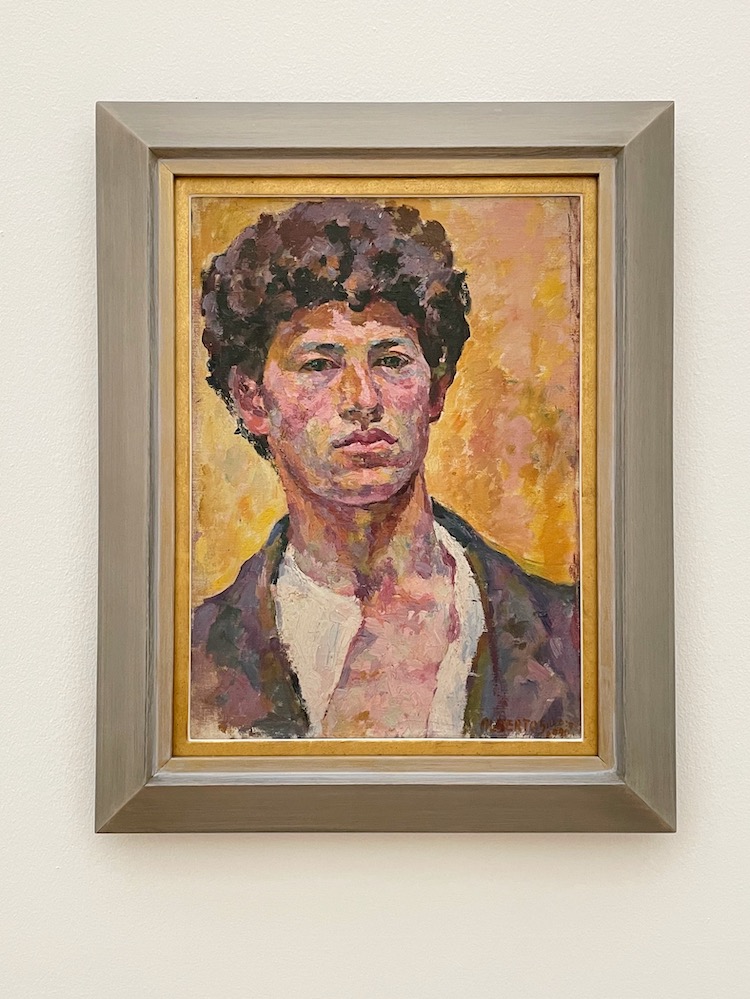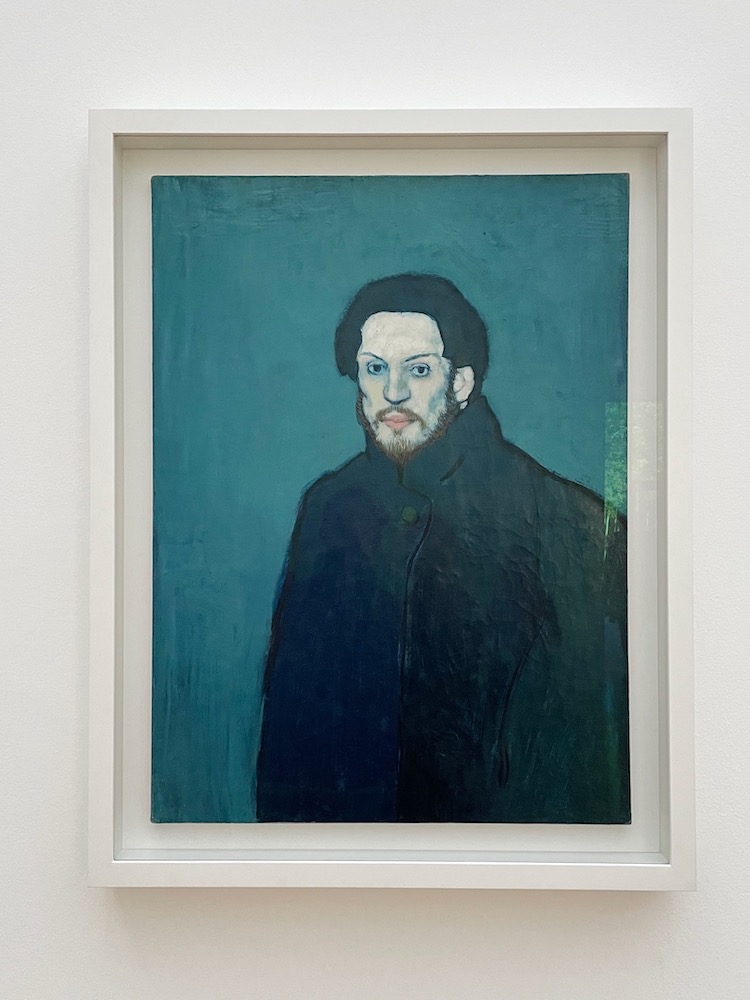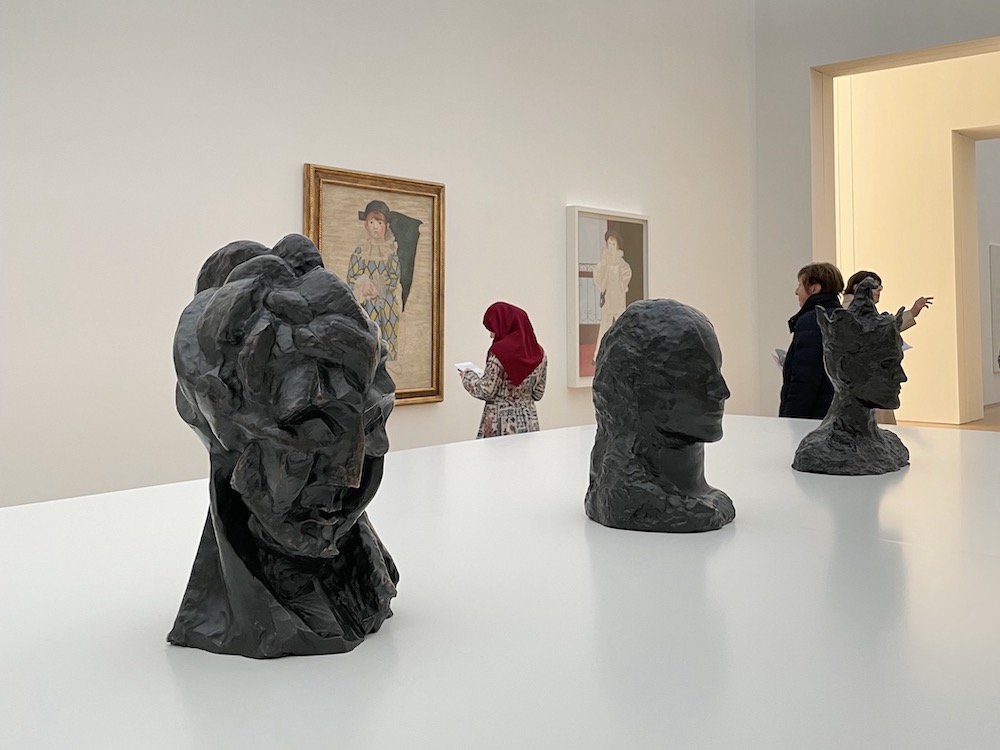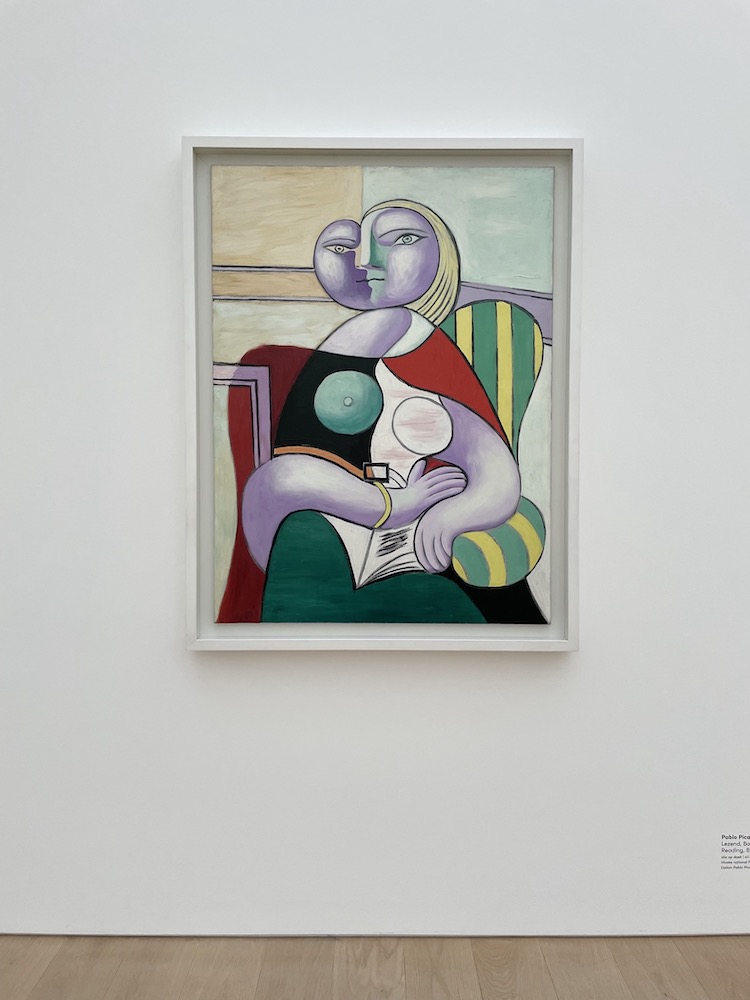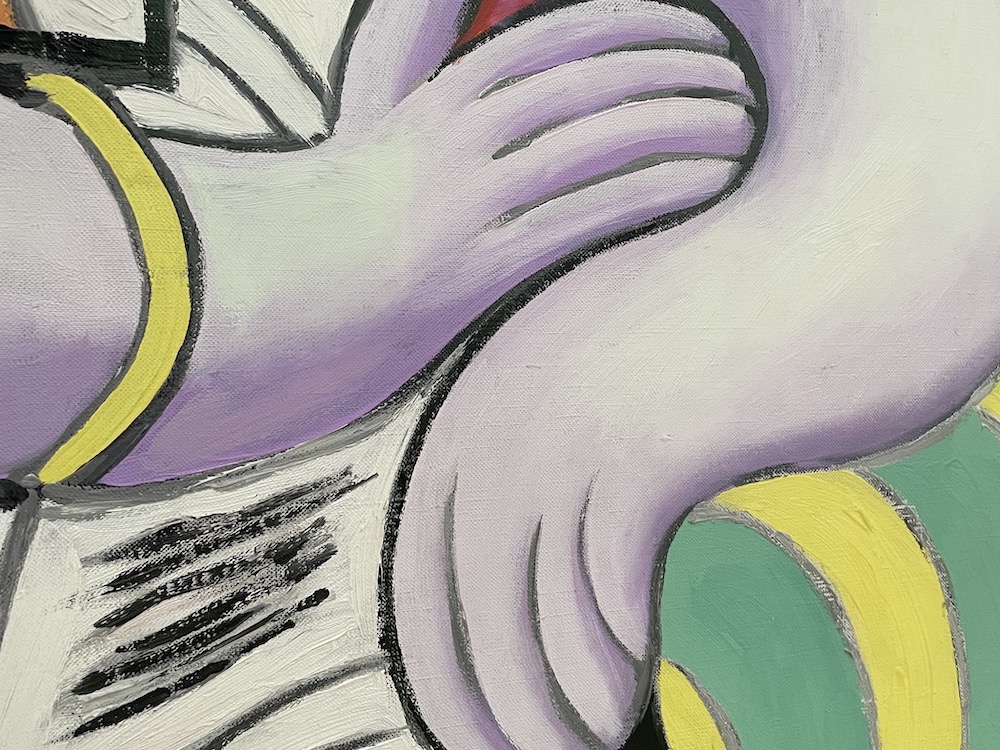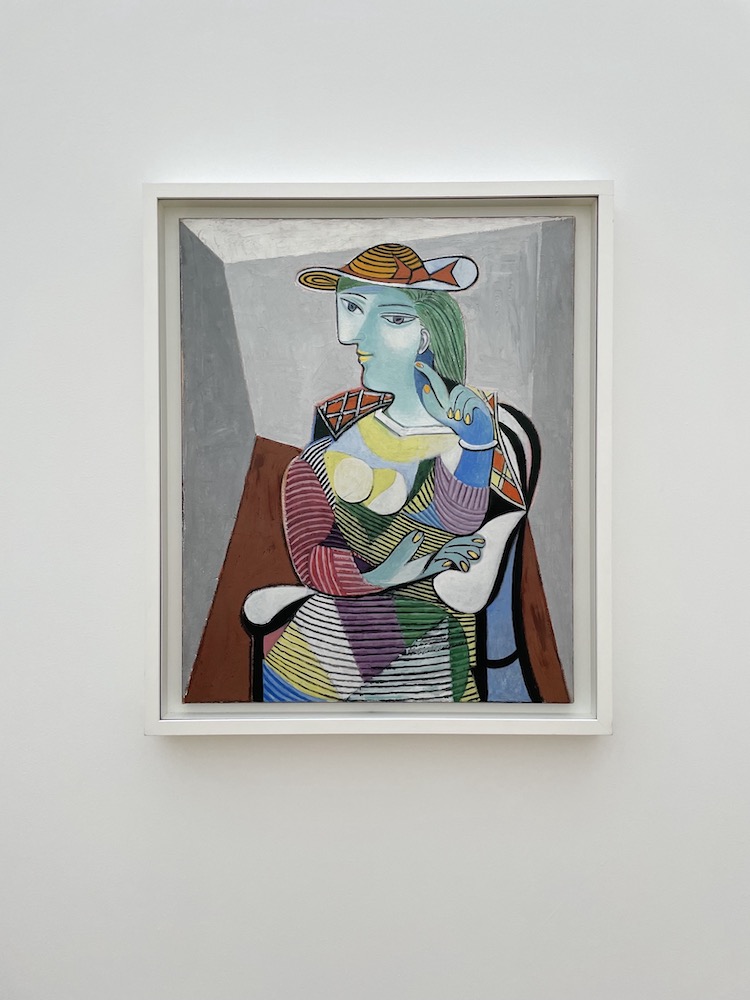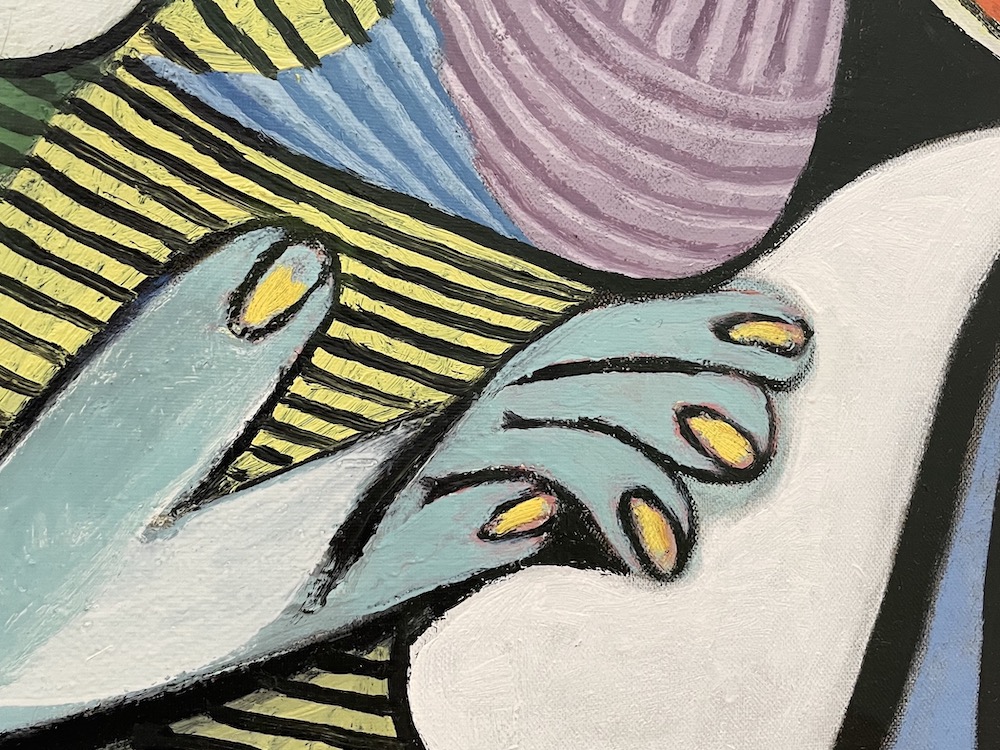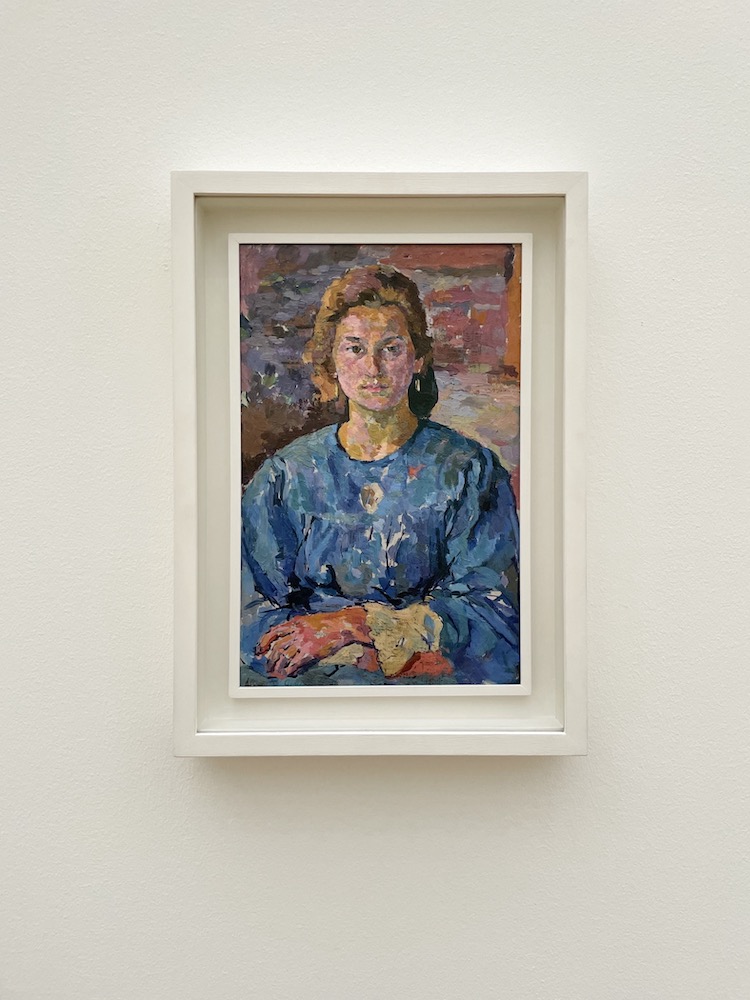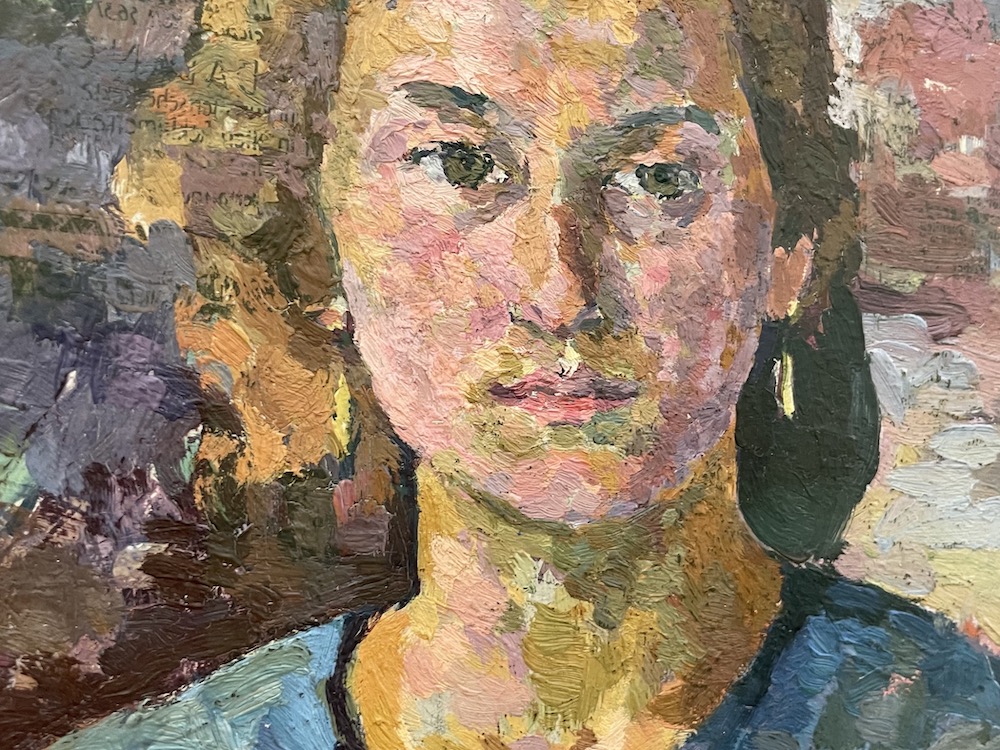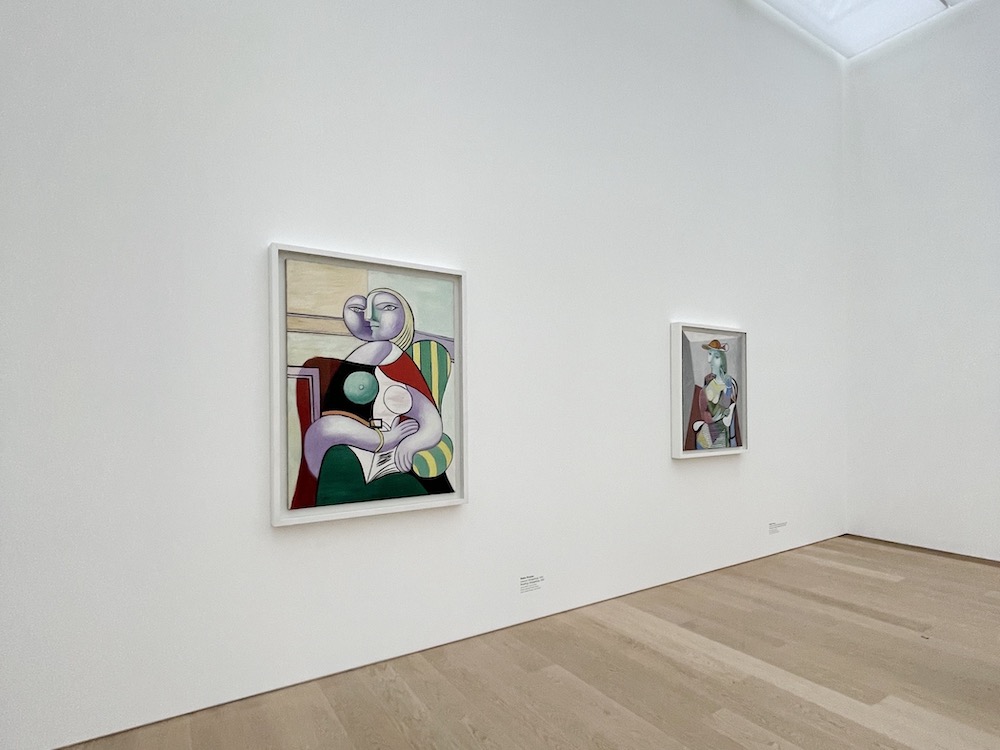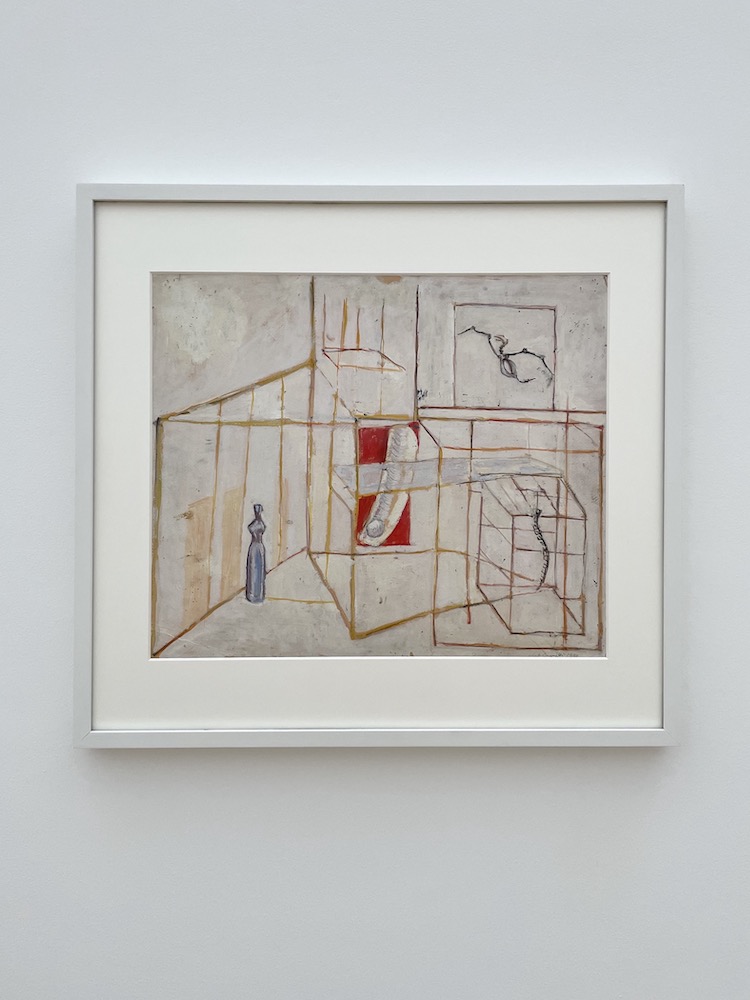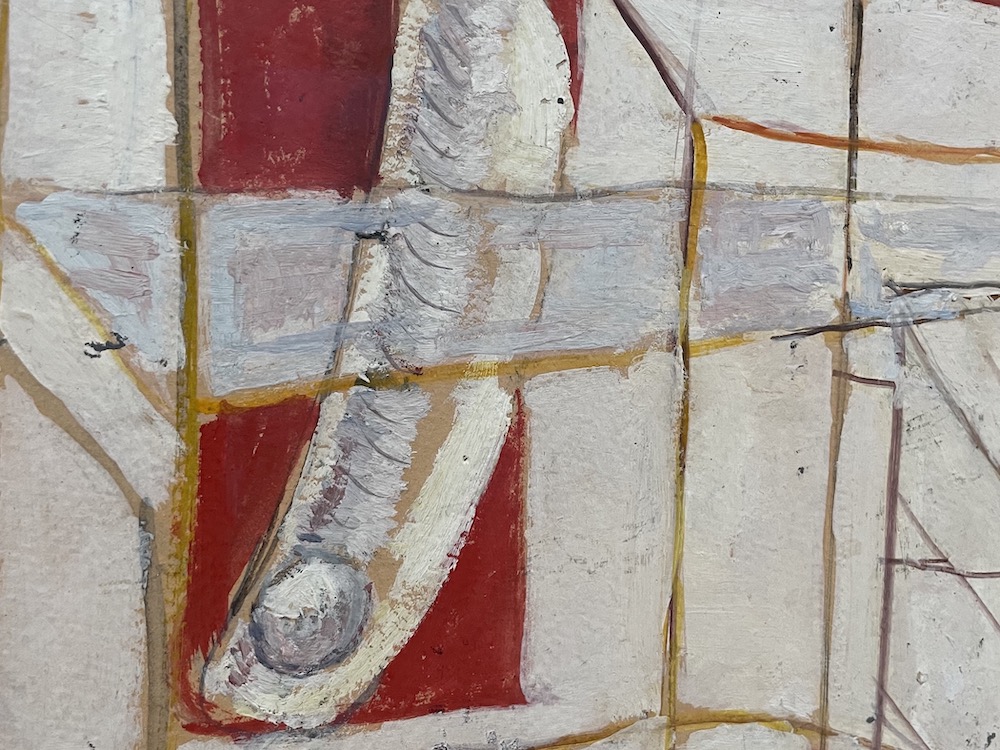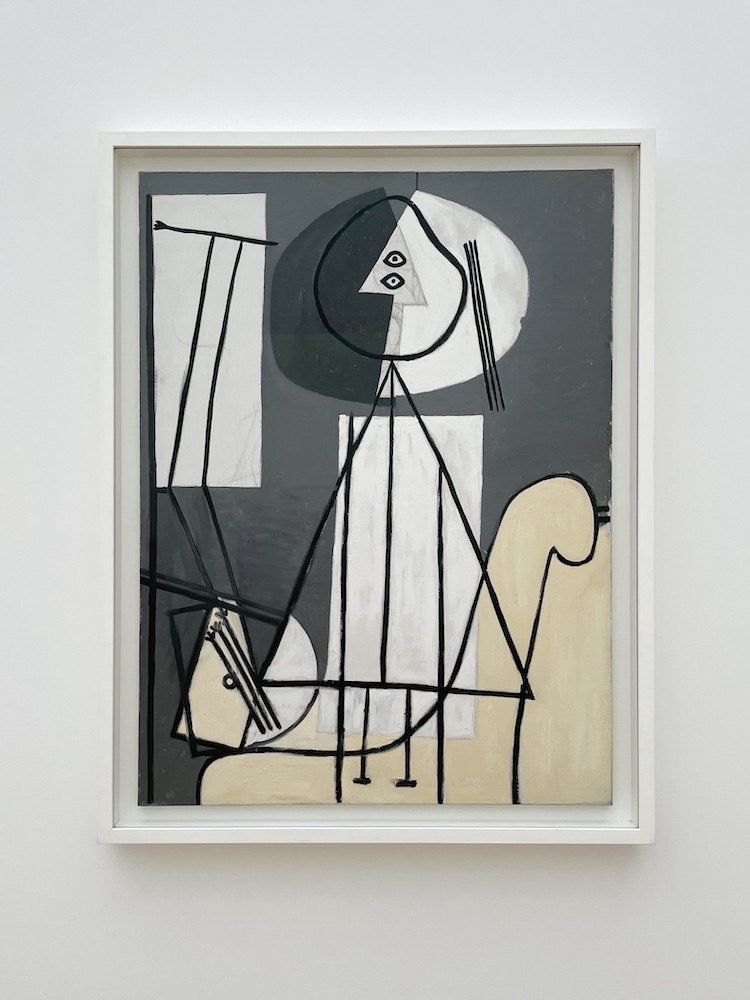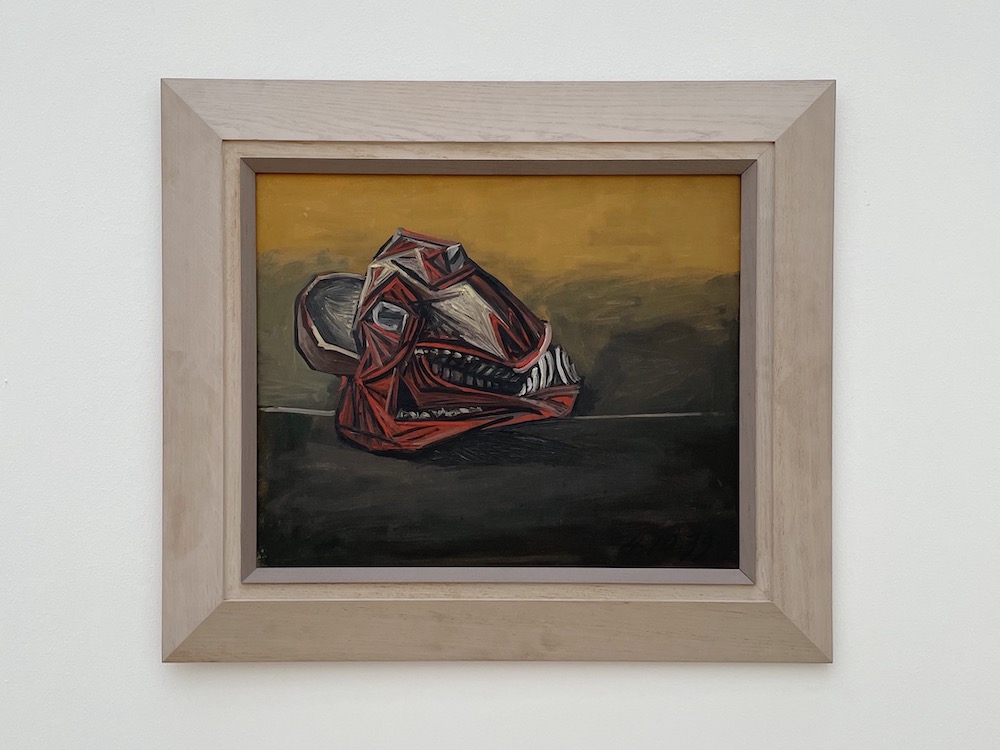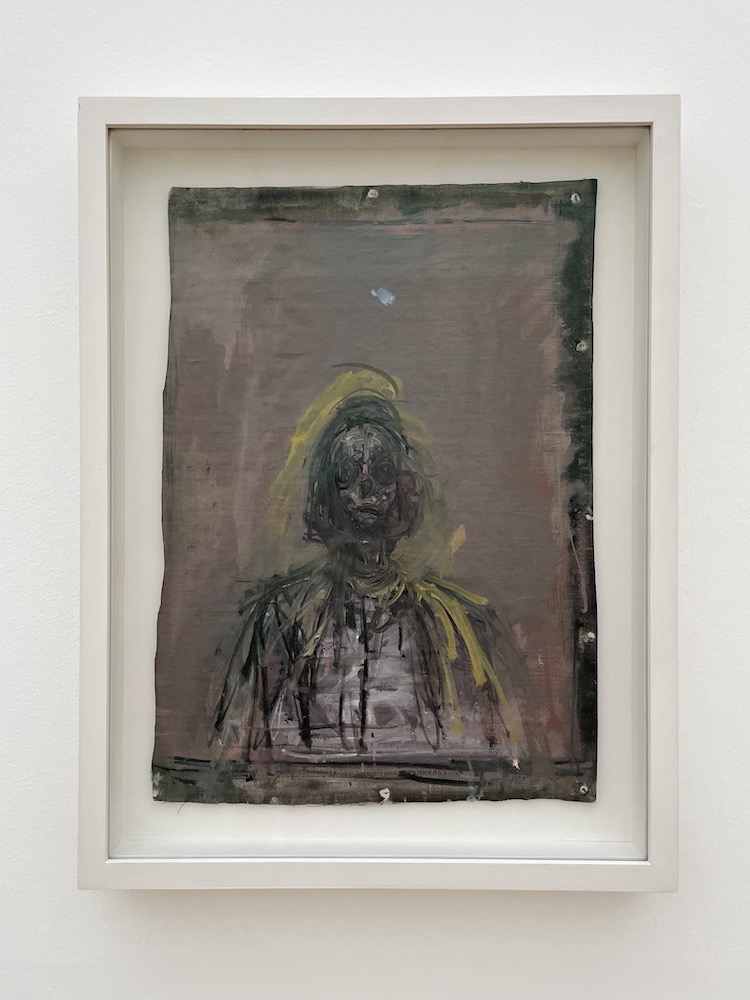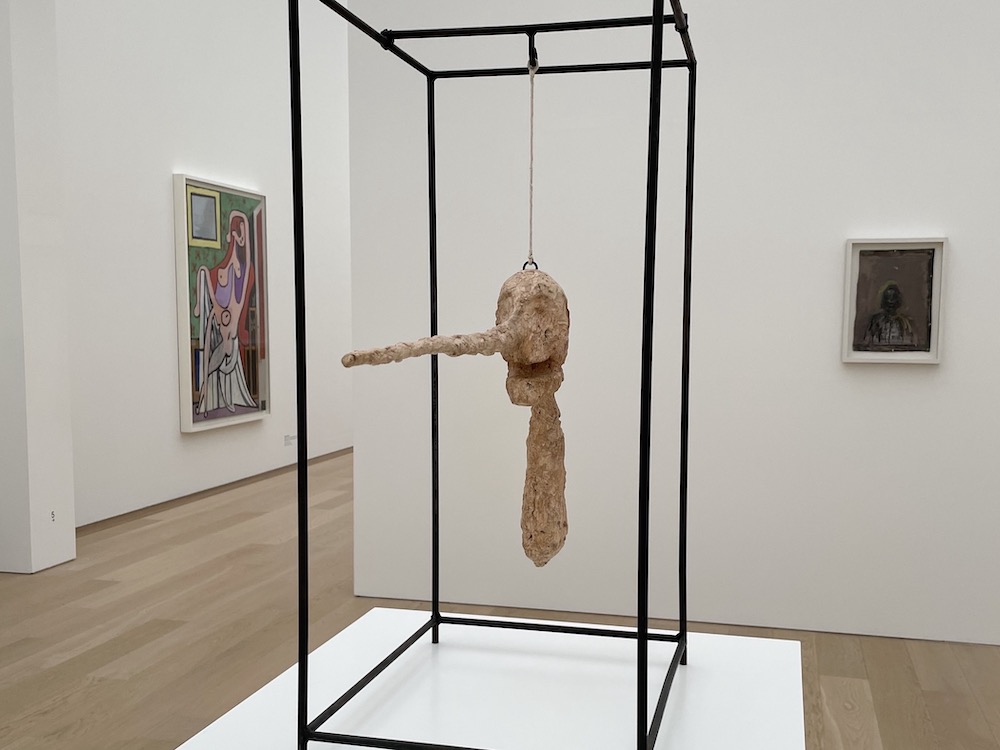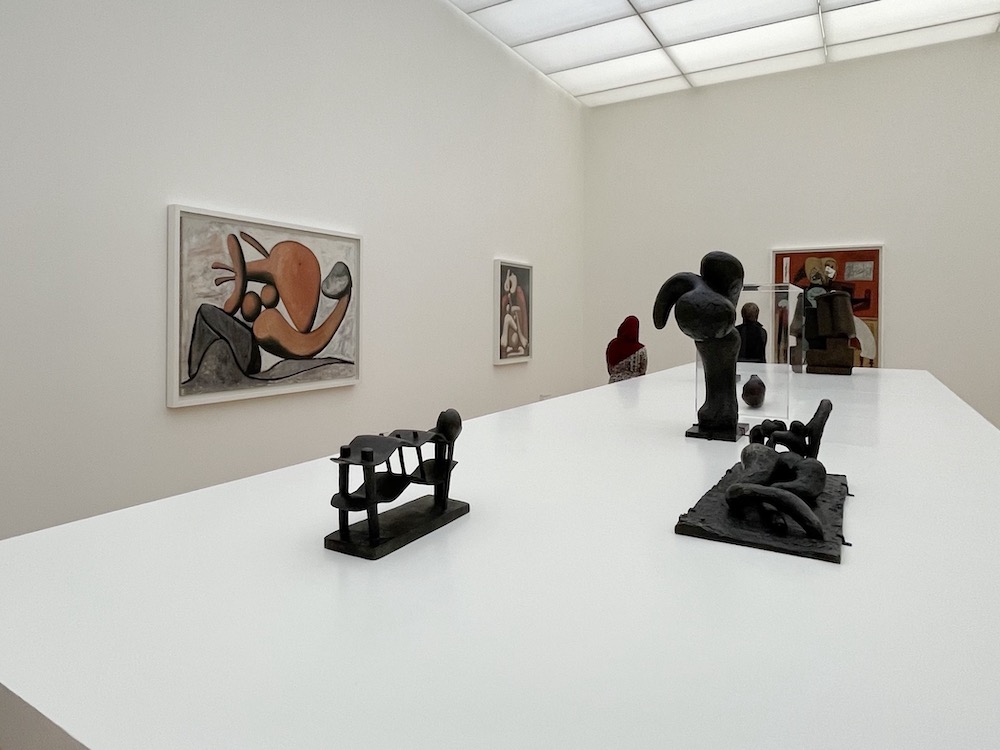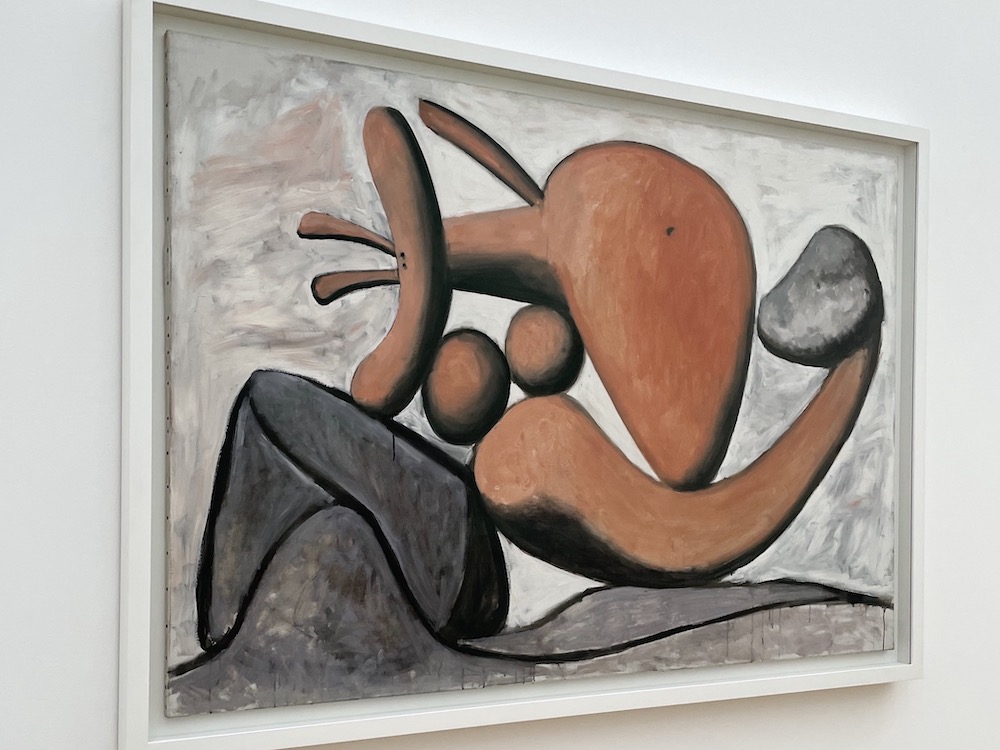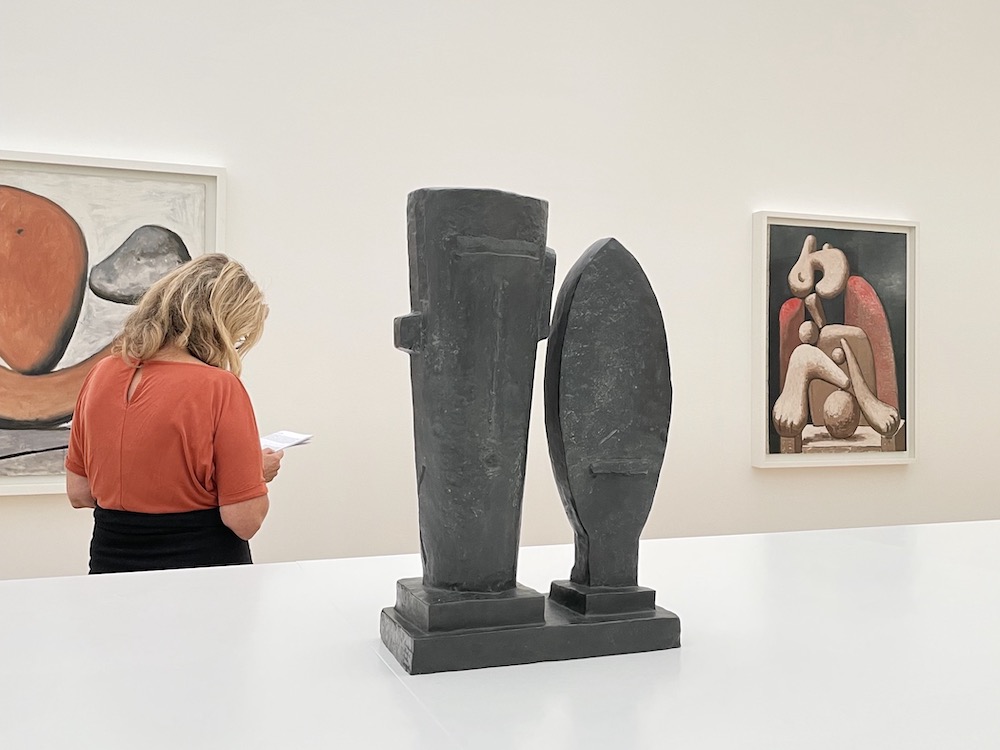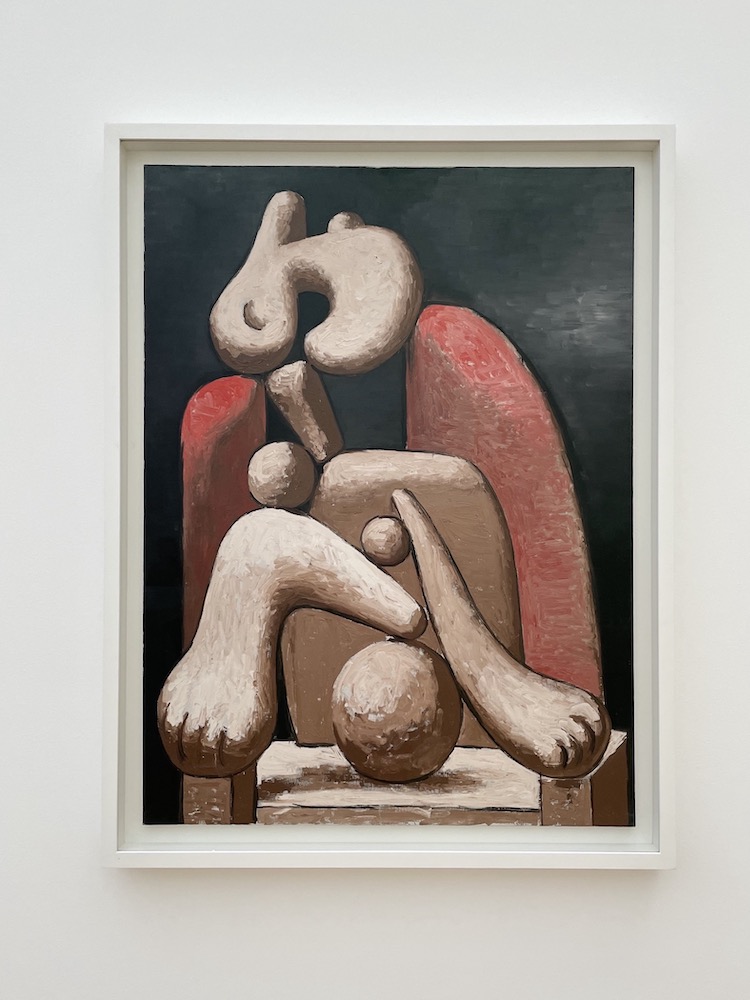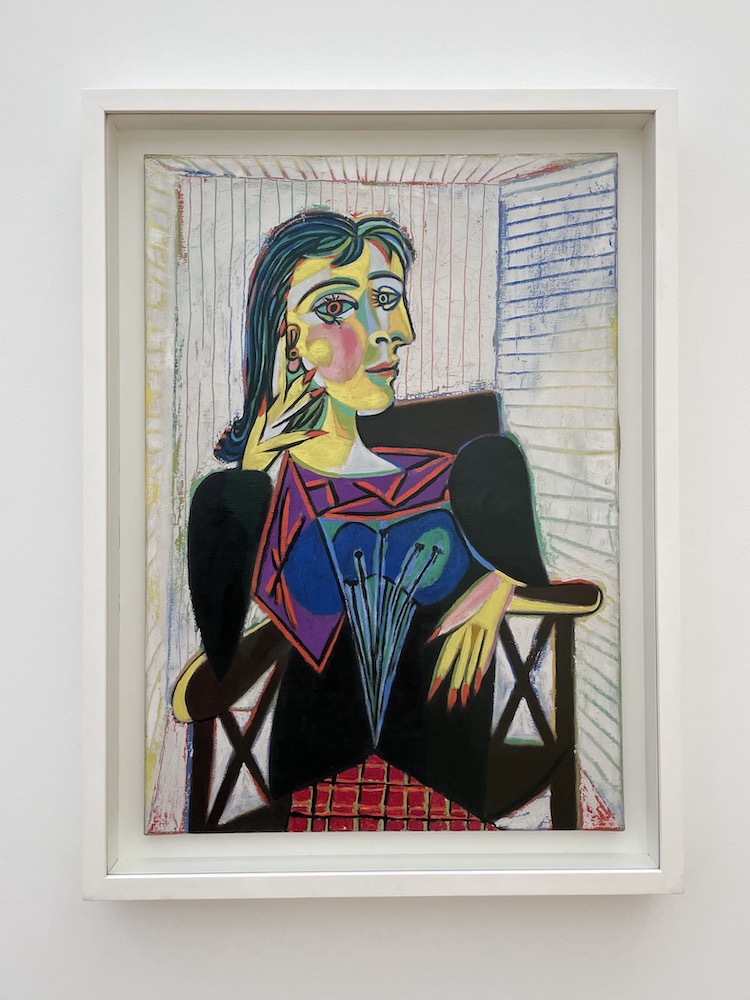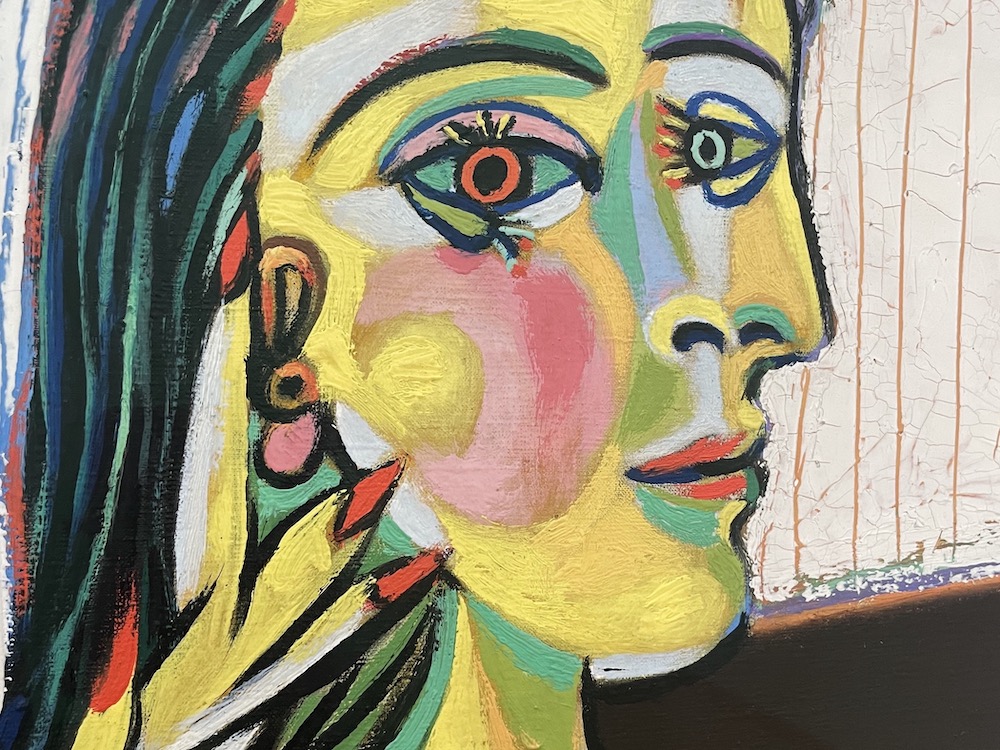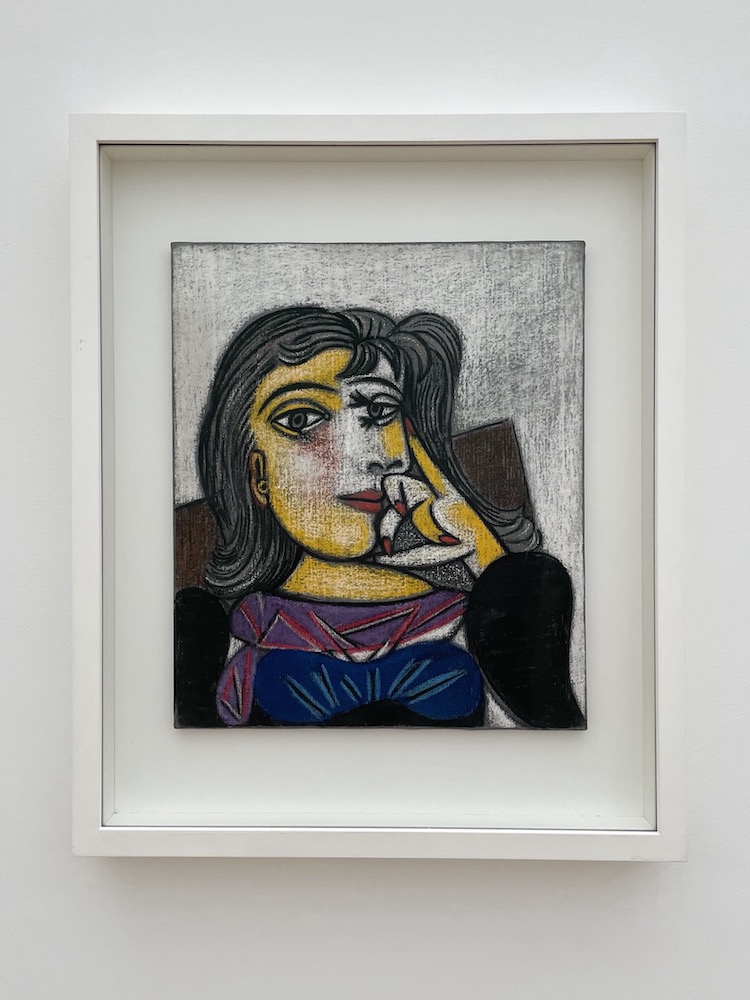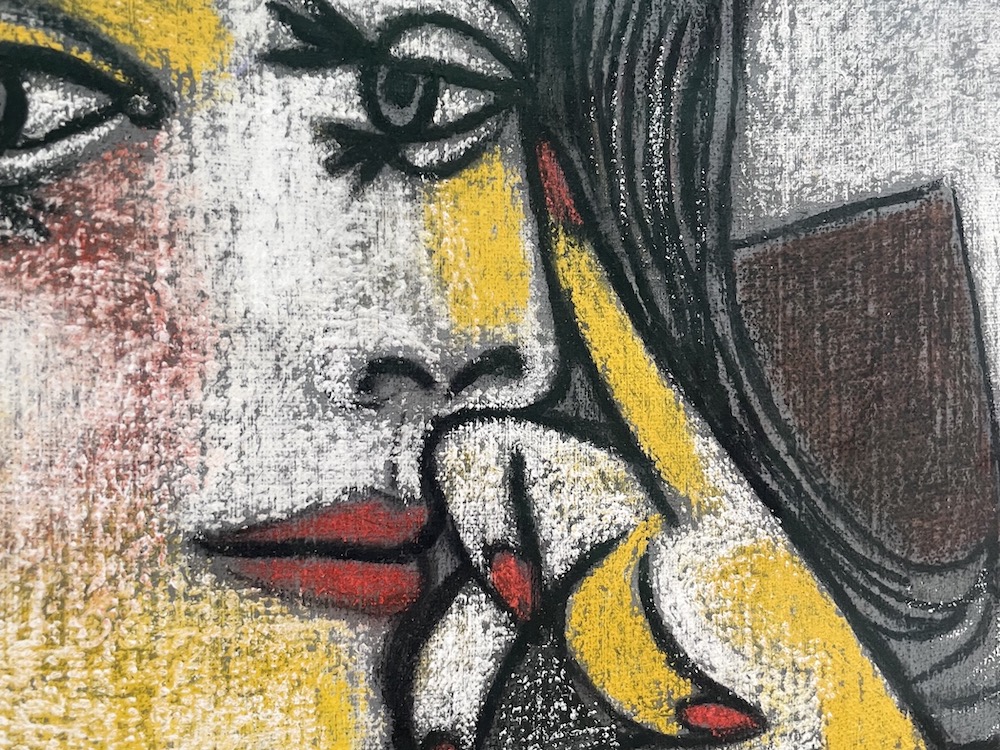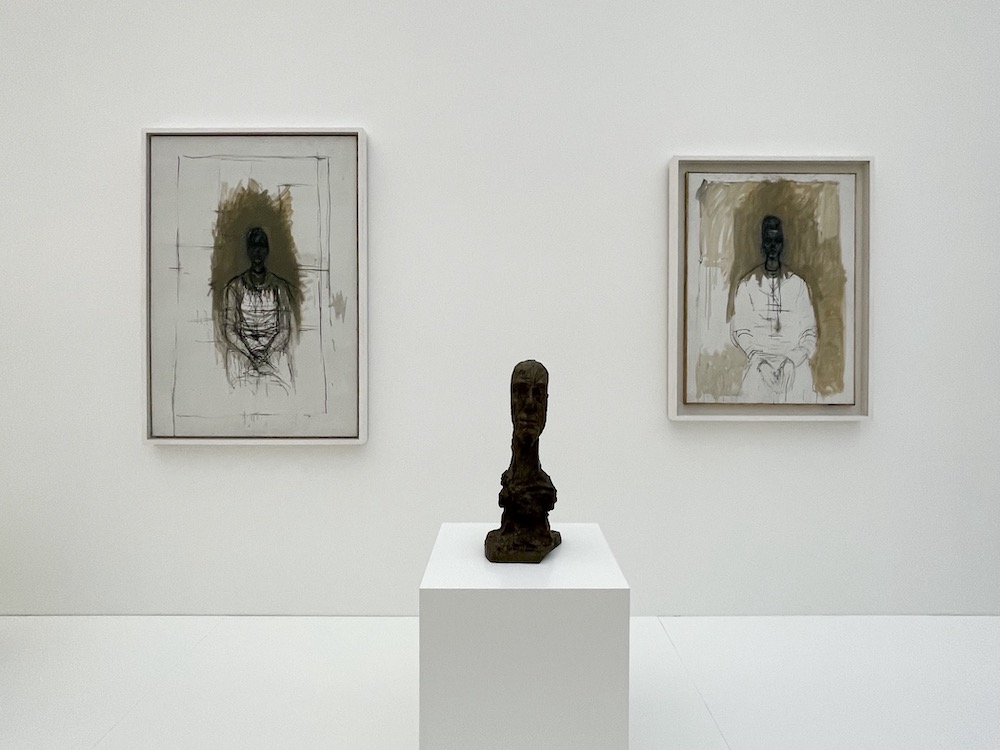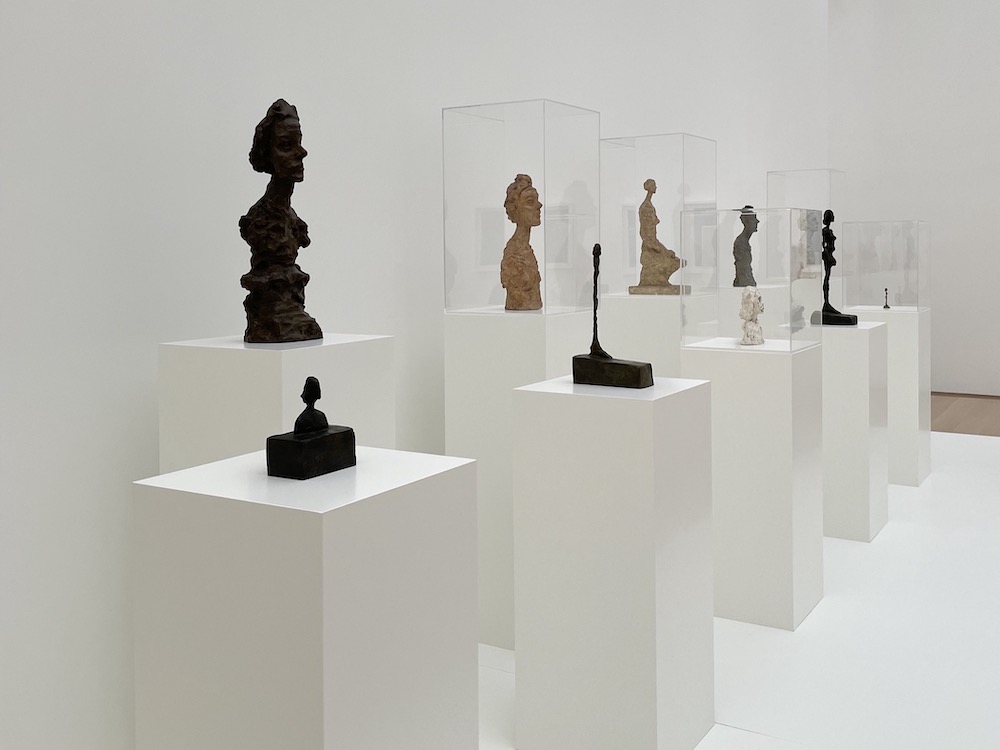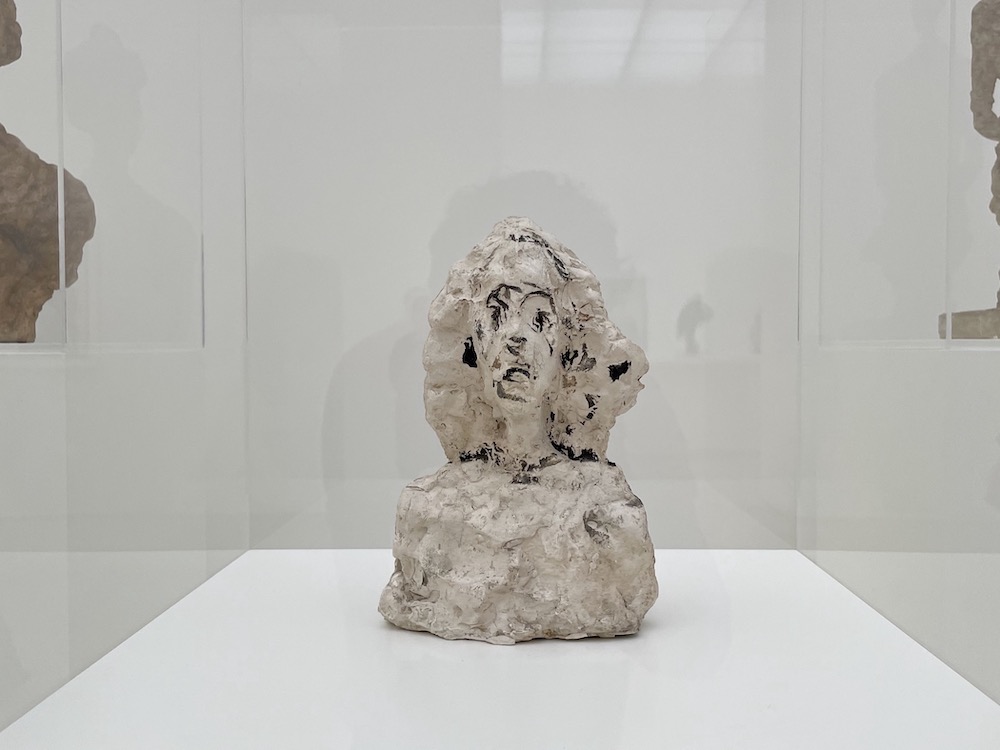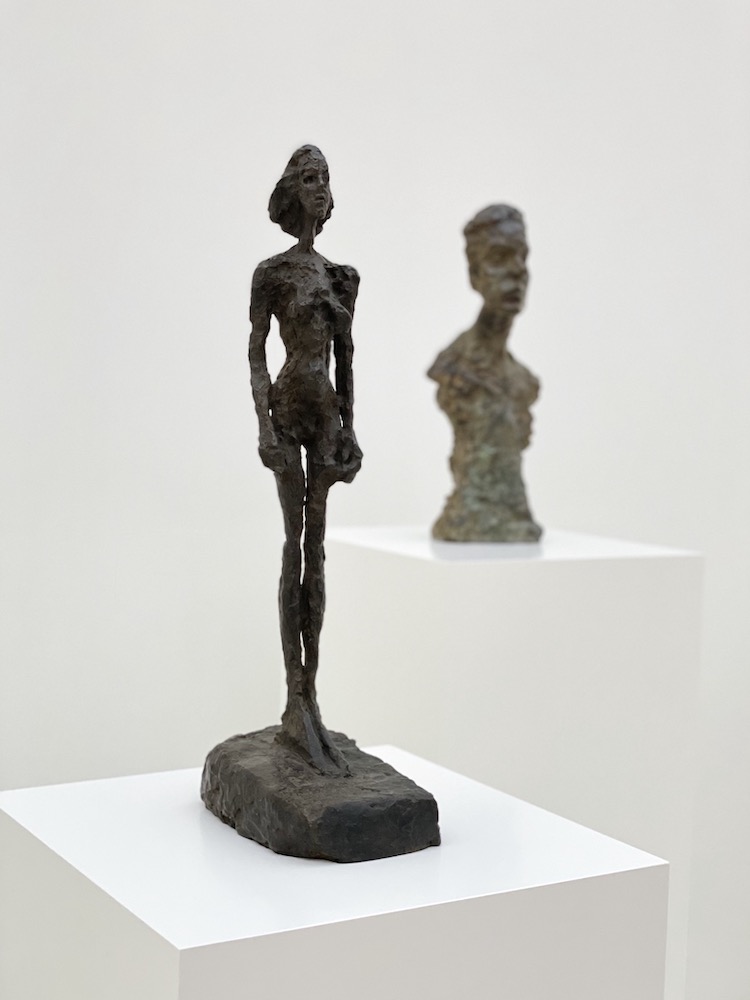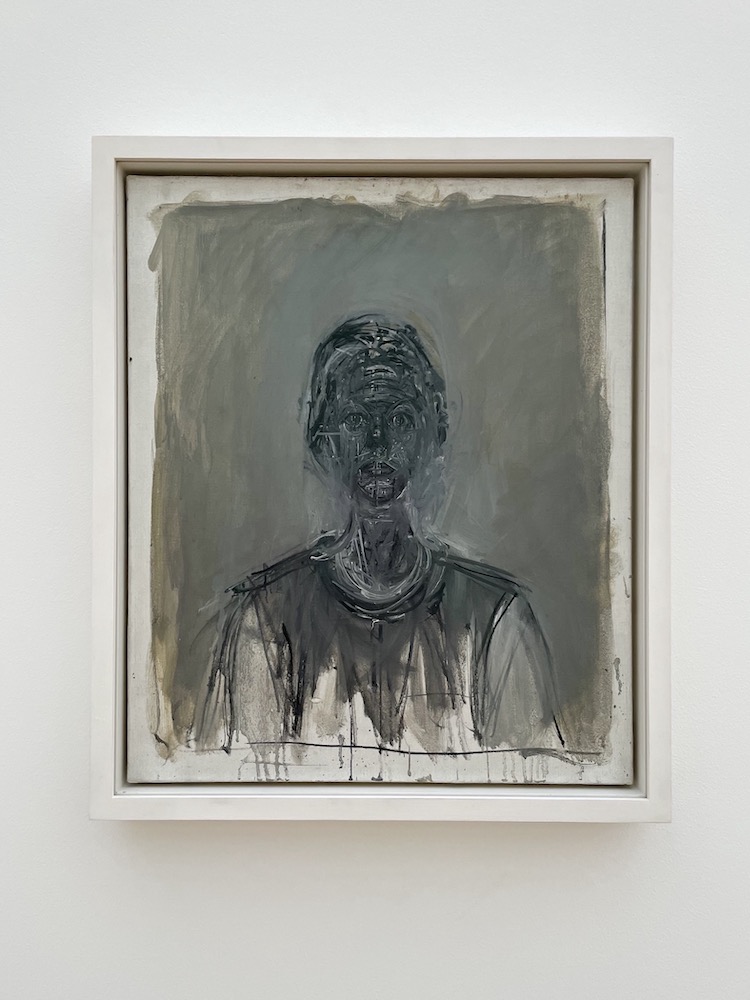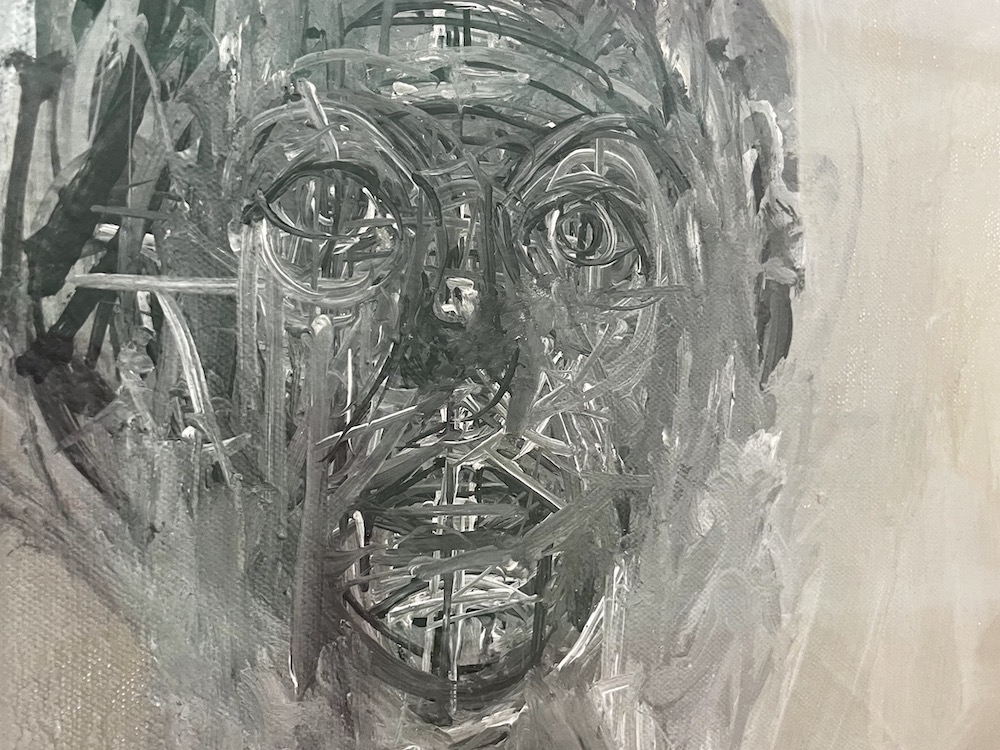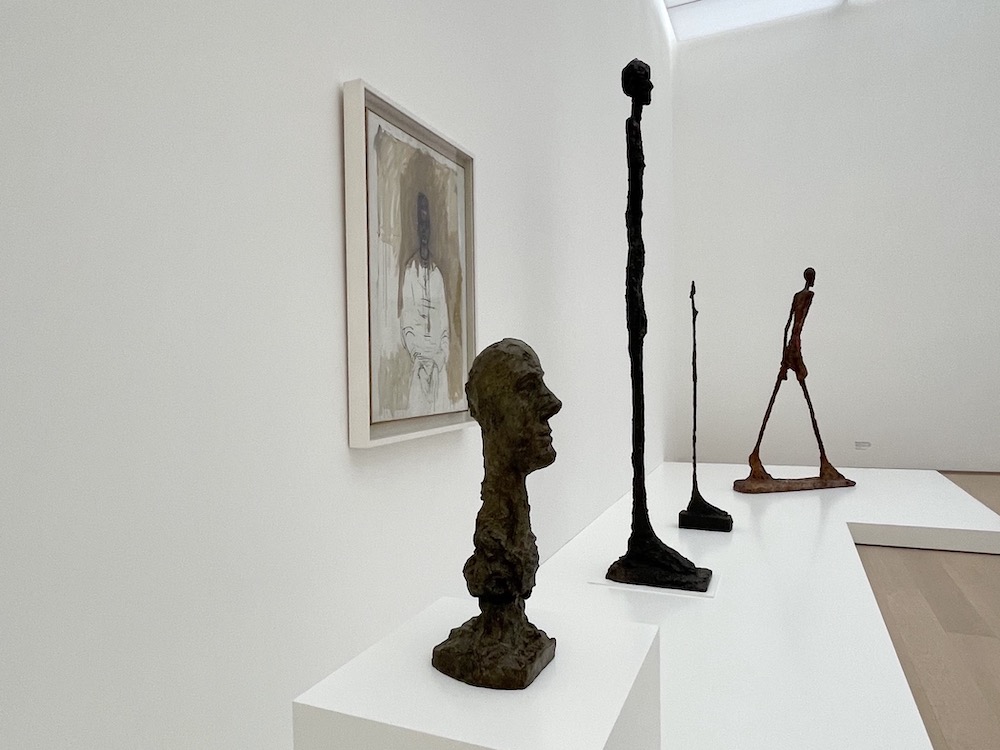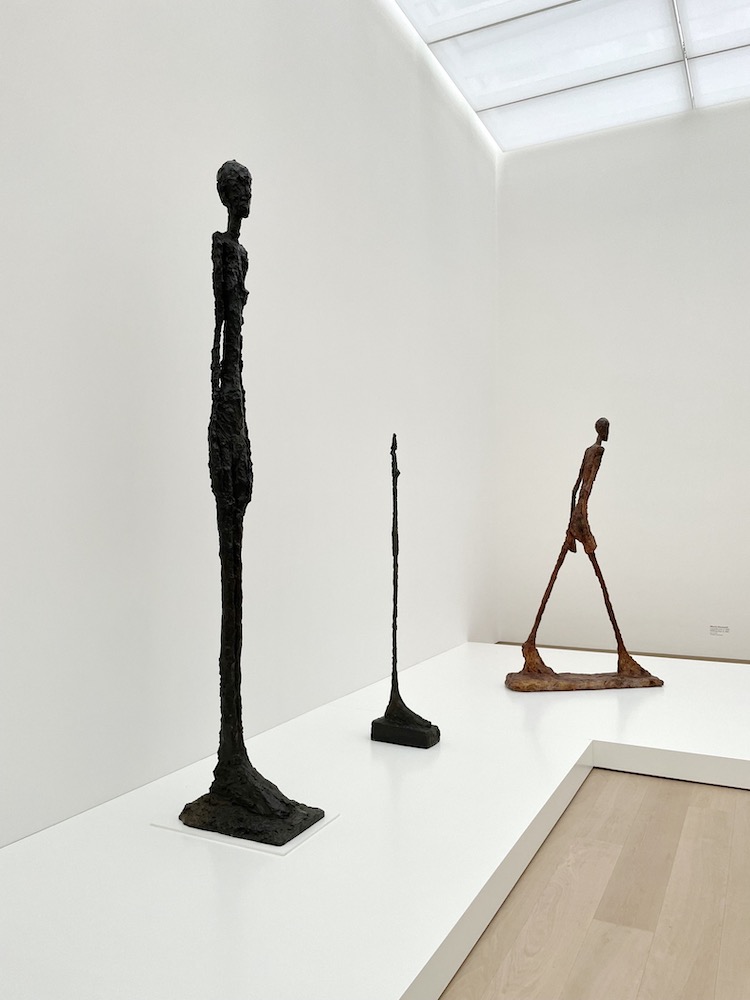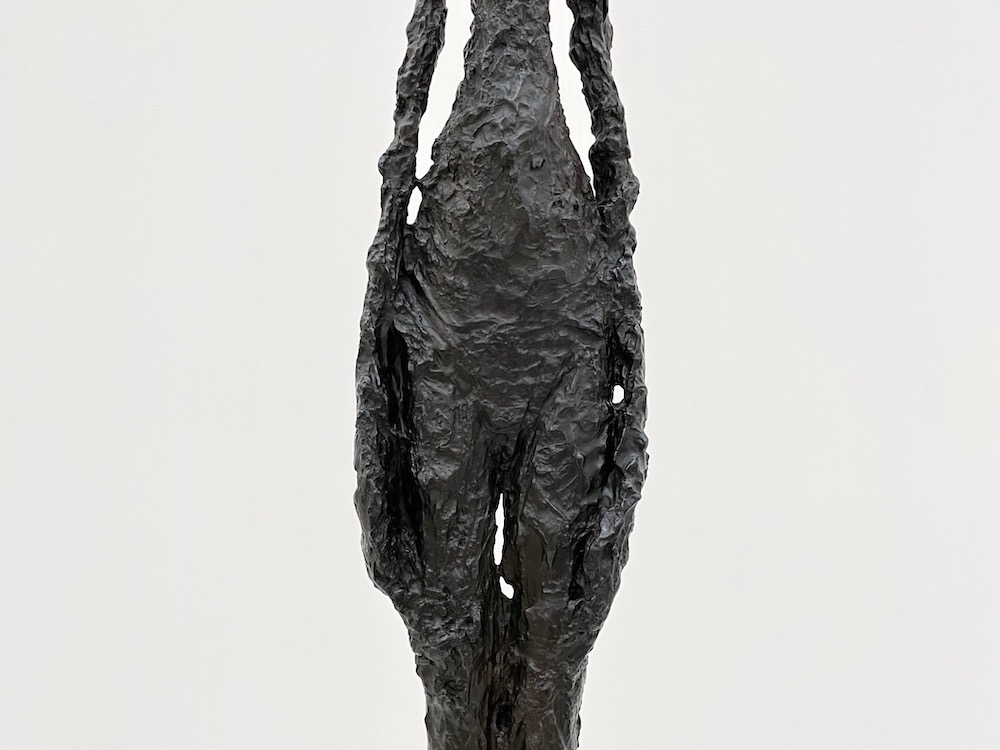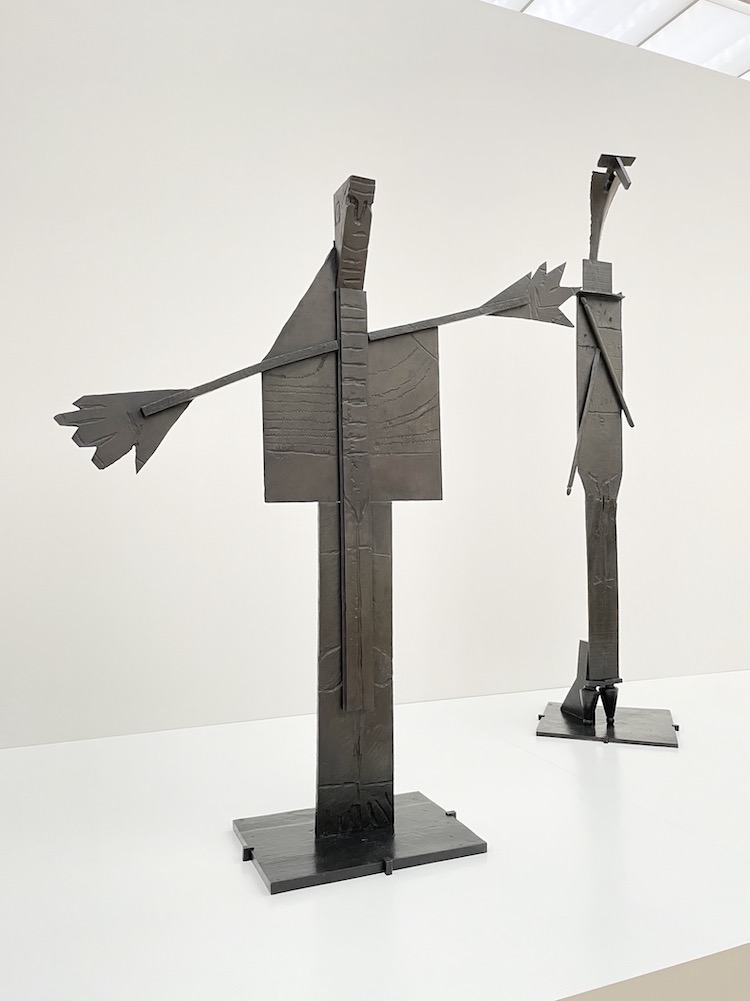In light of the reopening of cultural institutions in The Netherlands, we wanted to share some images of our visit to the Picasso-Giacometti exhibition at Museum Voorlinden. On view until Feb 13th, the first exhibition in the Netherlands on the surprising bond between two of the great artists brings a great overview of the iconic oeuvres by both art giants.
Organised in collaboration with Musée national Picasso-Paris and Fondation Giacometti the exhibition aims to present the way the two inspired, challenged, and found their way within surrealism in the 1930s and realism after the Second World War. Both began to create at an early age as sons of artists, working both with painting and sculpture, but it was their move to Paris that made a big shift in their interest. Abandoning the naturalist method of portraiture, Picasso's early experiments radically reinvented the genre, which then inspired a shift in Giacometti's work. The interest in flatness from the Spaniard's Neo-Cubist period influenced the Swiss' interest in grids and cages, which will later somewhat reappeared through his excruciating working process during his final reconnection with realism.
Composing a large collection of their constantly evolving works, the presentation begins with their early self-portraits, features different explorations of both paintings and sculptures, and ends with some stellar examples of their most recognized works. With such an overview, it reveals the surprising similarities between the two artists and the way they developed their practices from their initial meeting in the early 1930s until after the Second World War. With a chronological and thematic overview, Picasso-Giacometti is exploring key aspects of the artistic production of these two groundbreaking artists, as well as the similarities in their creative journeys. With Picasso's iconic Portrait of Dora Mar from 1937, among other masterpieces, alongside a selection of Giacometti's motionless, roughly sculpted bronzes in various sizes, this presentation conveys the sense of discovery and experimentation that set the ground for some of the most important movements of the 20th century, such as Cubism, Surrealism, or Post-Impressionism.
Text and photos by Sasha Bogojev

